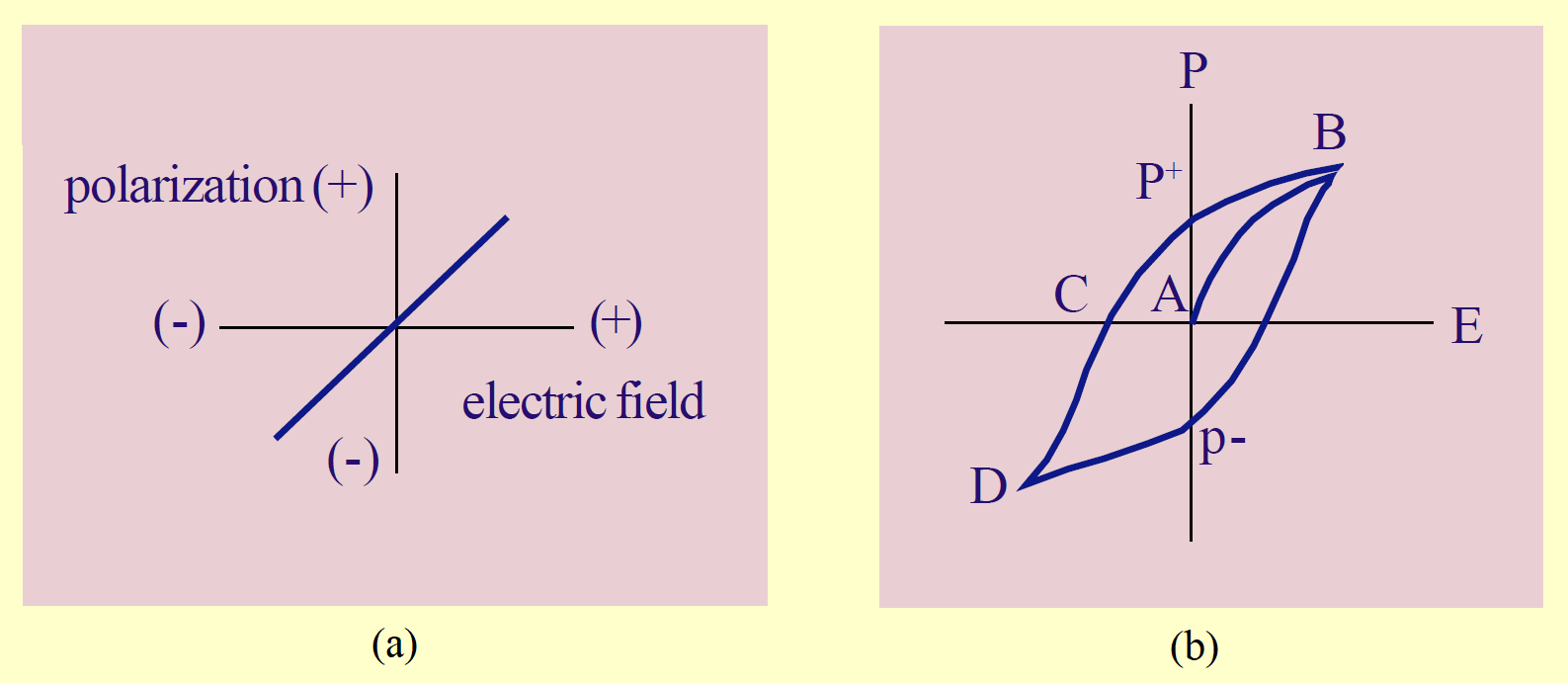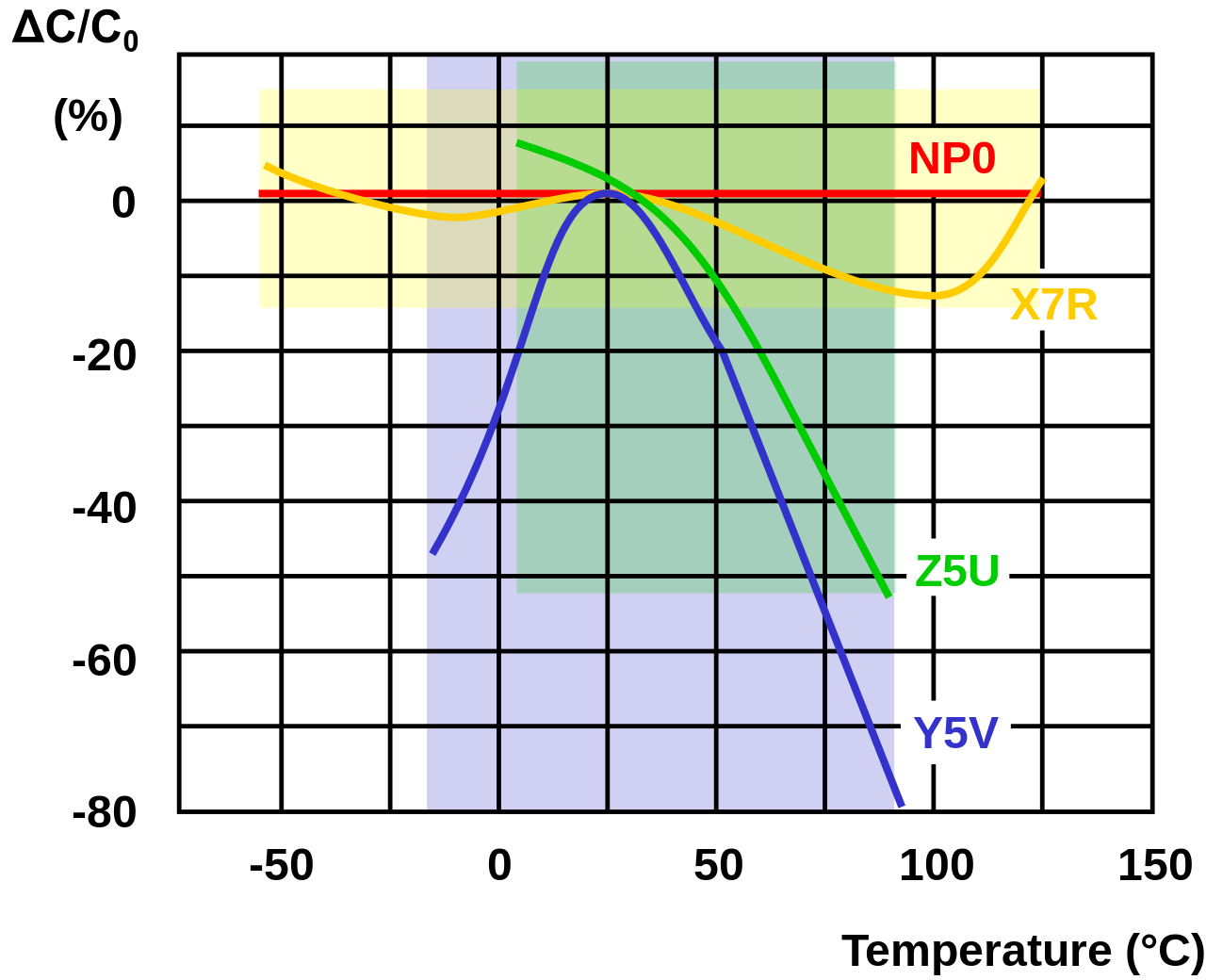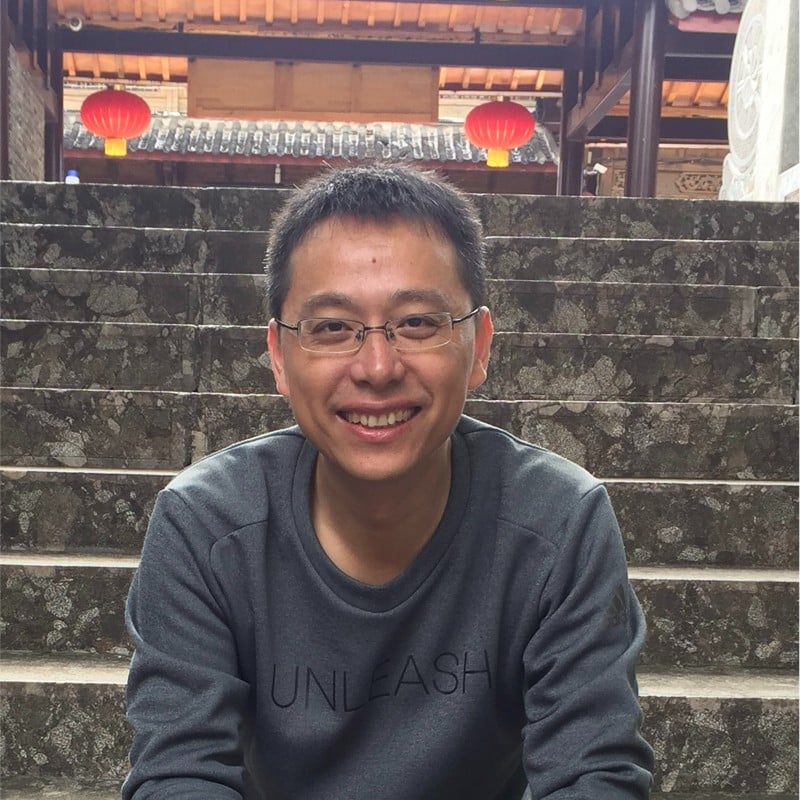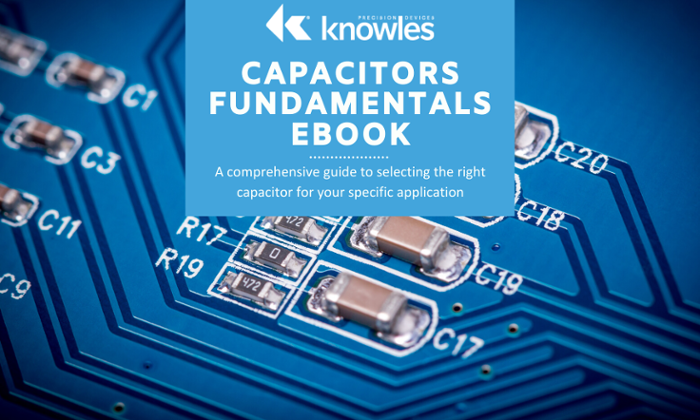Welcome to the Capacitor Fundamentals Series, where we teach you about the ins and outs of chips capacitors – their properties, product classifications, test standards, and use cases – in order to help you make informed decisions about the right capacitors for your specific applications. After discussing ferroelectric ceramics in our previous article, let’s describe some interesting characteristics of linear dielectrics.

Non-ferroelectric dielectrics show a linear relationship of polarization to voltage (as seen in Figure 1) and are formulated to have a linear temperature coefficient. These materials consist primarily of TiO2 and therefore exhibit lower dielectric constant (less than 150). More importantly, they have lower dielectric loss and no aging of capacitance with time. These properties, along with negligible dependence of capacitance with voltage or frequency, make these dielectrics useful in capacitor applications where close tolerance and stability are required.

Figure 1. Polarization of linear dielectric (a) vs. ferroelectric dielectric (b)
Linear dielectrics are also referred to as temperature compensating capacitors, since the temperature coefficient can be modified to give predictable slopes of the temperature coefficient of capacitance (TCC) over the standard -55°C to 125°C range. These slopes vary from approximately a positive of 100 parts per million per degree Celsius (ppm/ °C) to a slope of typically negative 750ppm/ °C. These values are reported as P100 or N750 respectively. A flat slope, which is neither positive nor negative, is a negative-positive-zero (NPO or COG) and is one of the most common of all dielectric characteristics.

Figure 2. Capacitance varying with temperature for different capacitor types (source: Wikipedia)
A series of linear dielectrics known as the extended TCC type range from N750 to as negative as N5600. These values are obtained by using dielectrics with the Curie point well below the -55°C lower limit of the MIL specifications, such that the TCC portion between -55°C to 125°C is approximately linear.
Hopefully, Part 7 gave you a better understanding of linear dielectrics and how their properties may affect your specific application. In Part 8, we’ll be diving into the various classes of dielectrics. Also, check out our Knowles Precision Devices Capacitors to view our complete product offering.
To learn more about capacitors, download our ebook, A Guide to Selecting the Right Capacitor for Your Specific Application.


